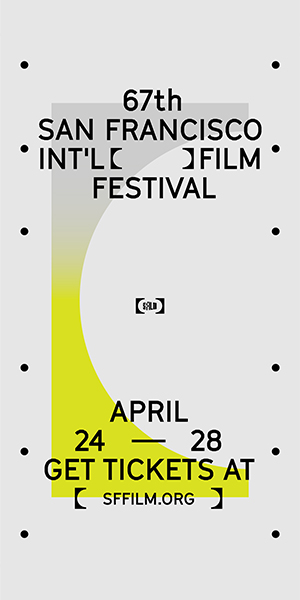Instead of clearing vast expanses so that all that square footage could be crammed into a few monumental projects, the draft plan marks the importance of “respecting the rich context, character and community of SoMa.” A chapter on urban form cautions that “the undifferentiated spread of tall buildings…can diminish and obscure the city’s coherence and the collective connection of people to their surroundings.” Heights are to be “sculpted” to cause only moderate shading on public spaces, protect cherished views, and respect the “intimate scale” of the neighborhood’s many alleys. Instead of taking a sledgehammer to the past, the plan dedicates a whole chapter to the recognition and preservation of “historic resources and social heritage.”
And in keeping with smart growth’s promotion of alternatives to the private automobile, the plan seeks to make the district more hospitable to pedestrians and cyclists as well as to transit. Criss-crossed by wide, one-way thoroughfares that are often choked by speeding cars and trucks, many of them headed head for or coming off the freeway, Central SoMa can be an unpleasant and even dangerous place to cross a street or ride a bike. The plan calls for widening sidewalks, installing protected cycle tracks and dedicated transit lanes, planting street trees and adding signalized crosswalks on major streets and “bulb-outs” at sidewalk corners.
So far, the Central SoMa Plan sounds like something that urban renewal’s preeminent critic, Jane Jacobs, would cheer. In fact, Jacobs’ masterwork, The Death and Life of Great American Cities, is often invoked by smart growthers.

But for Jacobs, density, mixed use, historic preservation, and inviting streets are not ends in themselves but means to something more elusive: “complex” urbanity. What she disliked about the suburban life of her day was its dullness. In her view, the essential requirement for urban success is a kind of diversity that involves something other than varied land uses, building types, and modes of transport: democracy. A great city must be open to all kinds of comers. Only then can it provide the unpredictable experience, rich opportunity, and wide choice that spawn urban vitality.
The biggest threat to such liveliness is violent disruption. In cities, as in other places, cataclysmic change is just as destructive as stagnation. Jacobs focused on the deadening effects of “renewal planning,” which trained its wrecking ball on real and perceived slums, but she also recognized that a thriving neighborhood could be ruined by a real estate boom. “[S]o many people want to live in [a] locality,” she wrote,
that it becomes profitable to build, in excessive and devastating quantity, for those who can pay the most. These are usually childless people, and today they are not simply people who can pay the most in general, but people who can or will pay the most for the smallest space. Accommodations for this narrow, profitable segment of population multiply, at the expense of all other tissue and all other population. Familes are crowded out, variety of scene is crowded out, enterprises unable to support their share of the new construction costs are crowded out.
Writing in the early 1960s, Jacobs saw Greenwich Village and the East Side of Manhattan degenerating along these lines. She could have been describing 2014 San Francisco, but surely she couldn’t have imagined that the wealthy, childless purchasers of very expensive small spaces would be in their 20s and 30s.
THE ATTACK ON PDR
Today Central SoMa is on the edge of ruinous success. Ground Zero for the second dot-com boom, the area, says the draft plan, “has seen more growth and economic activity than any other City neighborhood in the last ten years.” The plan attributes the district’s allure to its diversity, reiterates the need to protect that diversity — and recommends the sort of development that will destroy it, in more ways than one.
The problem isn’t just the enormous volume of potential new construction. It’s also the kind of development that’s on the table. The plan proposes to “maintain the area’s vibrant economic and physical diversity” by facilitating a “mix of uses:” having “offices, housing, retail, hotels, industrial, and entertainment…sitting side by side.”

This may sound like a strategy of inclusiveness; in fact it’s a recipe for displacement—most notably, the displacement of a significant percentage of Central SoMa’s industrial businesses. (more after the jump)





